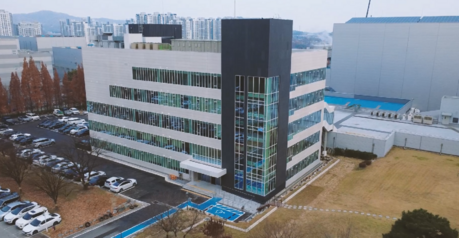
Seoul, South Korea – A recent meta-analysis study conducted by a team of ophthalmologists at Seoul National University Hospital has revealed a significant correlation between increased digital screen time and the development of myopia, also known as nearsightedness. The study suggests that for every additional hour spent looking at a digital screen, the risk of developing myopia increases by 21%.
The research team, led by Professor Kim Young-guk, analyzed 45 previous studies encompassing a total of 335,524 participants. Their findings, published in the latest issue of JAMA Network Open, mark the first comprehensive meta-analysis to investigate the link between digital screen exposure and myopia risk.
The study found that the risk of myopia increases significantly with just one hour of daily screen time, with a sharp rise observed between one and four hours of exposure. Specifically, the risk increased by 5% with one hour of screen time, 29% with two hours, and 65% with three hours. While the risk doubled after four hours, the rate of increase slowed down thereafter, exhibiting an S-shaped correlation.
The correlation was observed across all age groups, with a more pronounced effect seen in younger children. Additionally, the study indicated that using multiple digital devices simultaneously further amplifies the risk of developing myopia compared to using individual devices.
Professor Kim Young-guk emphasized that their findings confirm the potential of digital screen exposure to elevate the risk of myopia. He recommended limiting daily screen time to under four hours as a safe guideline for myopia prevention.
This study's findings provide crucial insights into the growing concern of digital screen time's impact on eye health, especially among children and adolescents. As digital devices become increasingly integrated into daily life, it is essential to be aware of the potential risks and adopt measures to mitigate them.
[Copyright (c) Global Economic Times. All Rights Reserved.]






























